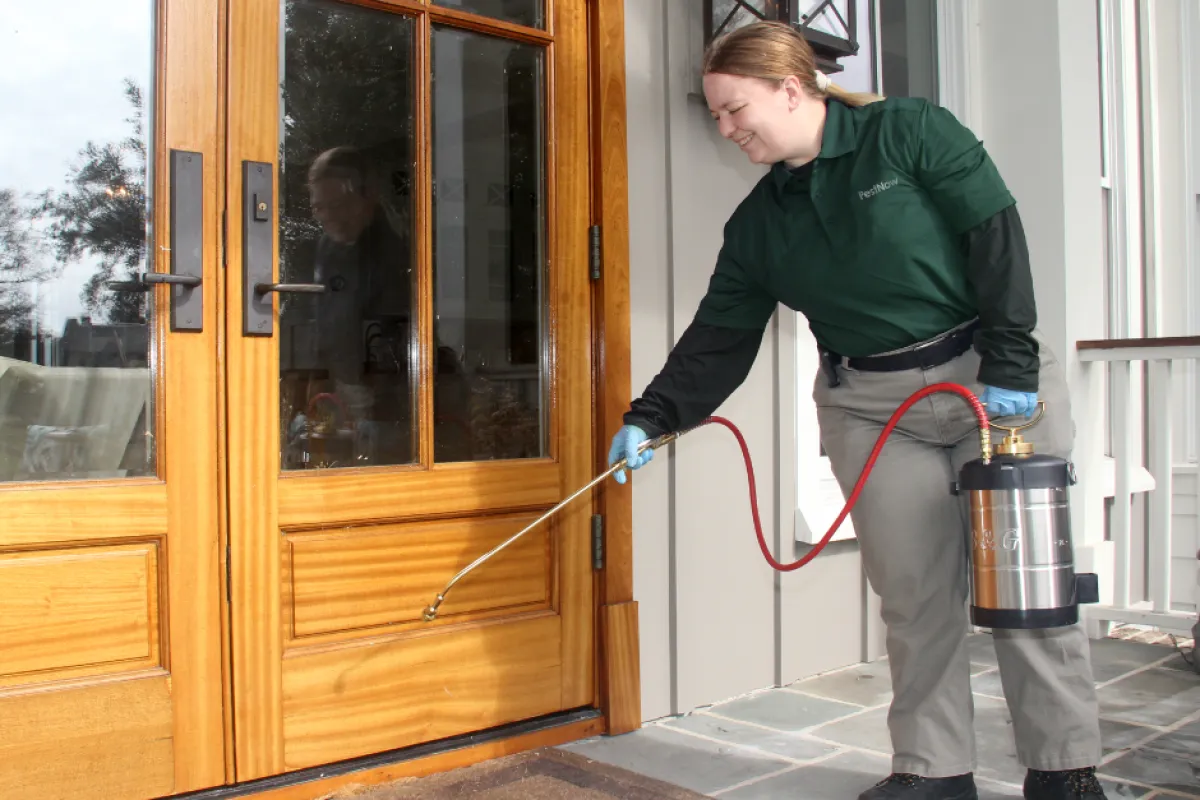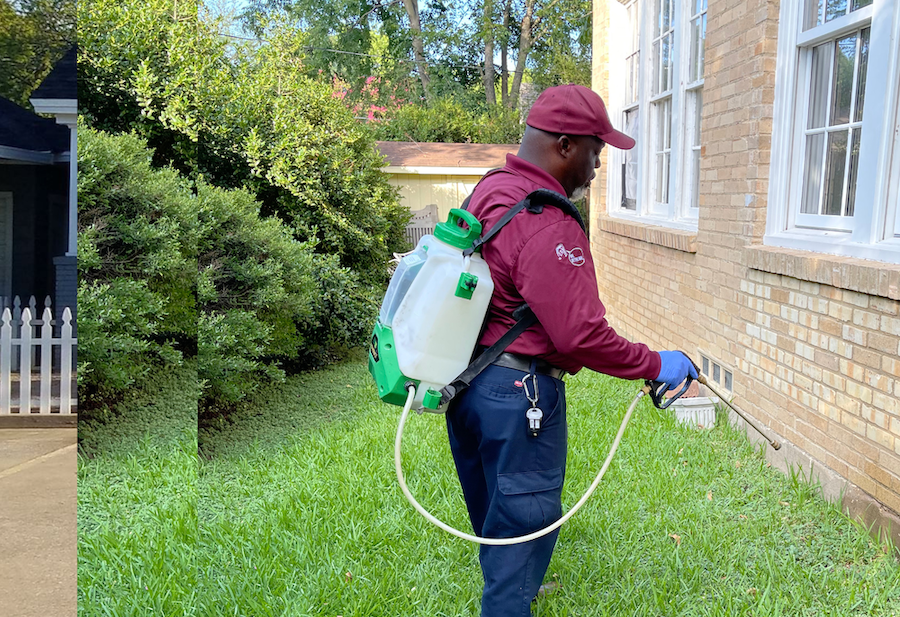Affordable Pest Control to secure your property from harmful pests.
Eco-Friendly Parasite Control Approaches for Handling Wild Animals in Urban Locations
Urban areas typically locate themselves at the junction of human activity and wildlife, bring about unique obstacles in parasite administration. Green methods highlight lasting conjunction, using strategies such as environment adjustment and natural repellents to alleviate human-wildlife conflicts. These methods not just shield the environment however also improve community involvement in wildlife monitoring. As metropolitan populations proceed to expand, comprehending the dynamics of wildlife communications becomes increasingly essential. What innovative methods can be carried out to guarantee both ecological equilibrium and urban safety and security? Discovering this inquiry discloses a compelling landscape of prospective services.
Understanding Urban Wildlife Characteristics
Comprehending Urban Wild animals Dynamics is important for establishing effective and environmentally friendly pest control techniques. Urban areas are progressively coming to be environments for numerous wild animals species, driven by factors such as environment fragmentation, food schedule, and human advancement. Recognizing these dynamics allows for a nuanced method to pest management that lines up with eco-friendly principles.
Urban wild animals often consists of varieties such as raccoons, squirrels, and birds, which adjust to city environments, locating particular niches in eco-friendly areas, parks, and also houses. Their presence can bring about disputes with people, particularly when they exploit human resources for food and shelter. Comprehending the behaviors and eco-friendly functions of these types informs strategies that minimize negative interactions while promoting biodiversity.
In addition, acknowledging the interdependencies within urban environments helps in determining vital locations for environment preservation and reconstruction. This expertise contributes to the development of incorporated parasite administration (IPM) techniques that consider the environmental equilibrium, thus reducing reliance on hazardous chemicals. By fostering coexistence in between people and city wildlife, cities can develop much healthier environments that benefit both homeowners and regional ecosystems, leading the way for lasting metropolitan living.
All-natural Repellents and Deterrents
All-natural repellents and deterrents supply a lasting choice to conventional pest control approaches by taking advantage of the power of nature to maintain undesirable types at bay. These eco-friendly remedies commonly make use of plant-based ingredients, important oils, and other naturally occurring compounds that discourage bugs without hurting the setting.
One effective natural repellent is peppermint oil, which is recognized to drive away rats and insects. Its solid scent is unpleasant to several insects, making it a popular option for city settings. Vinegar and citrus peels can offer as deterrents, as their strong odors are generally unattractive to various wild animals.
In addition, diatomaceous planet is an all-natural powder that can be spread in areas vulnerable to parasite activity, properly dehydrating and deterring pests without posturing dangers to non-target types. Additionally, garlic sprays and neem oil are acknowledged for their ability to drive away a vast array of insects, consisting of both bugs and bigger wild animals.
Applying these natural repellents not only decreases dependence on chemical pesticides but additionally promotes a healthier metropolitan community, promoting an extra balanced coexistence between human beings and wildlife. By utilizing these strategies, urban areas can efficiently handle pest populaces while decreasing ecological influence.
Habitat Adjustment Methods
Effective habitat adjustment strategies play an important function in lasting pest administration by changing the setting to make it less favorable to pest invasions. By understanding the ecological dynamics of urban locations, residential or commercial property owners can apply critical modifications that discourage bugs while advertising biodiversity.
(Spider exterminator Port Charlotte)One main technique entails preserving appropriate hygiene. This consists of regular waste elimination, securing trash containers, and removing standing water to lower reproducing sites for bugs and rats. In addition, landscaping methods such as picking native plants can enhance eco-friendly equilibrium, providing habitats for advantageous organisms while lessening sources for pests.
An additional essential technique is to seal entrance points in buildings. Inspecting and repairing fractures in next foundations, wall surfaces, and windows can substantially lower pest accessibility. Developing physical barriers, such as fencings or plant barriers, can hinder wildlife motion right into human-inhabited areas.
Integrated Bug Management Practices
Building upon environment adjustment strategies, integrated pest management (IPM) techniques provide an all natural approach to controlling insect populaces while lessening ecological effect. IPM integrates various techniques, consisting of biological, cultural, mechanical, and chemical controls, to achieve efficient bug management.
Biological control involves the intro of natural killers or parasites to reduce parasite populaces. Cultural practices, such as plant rotation and hygiene, disrupt pest life process and diminish their habitats - Pest control service. Mechanical controls, like catches and obstacles, supply prompt remedy for parasite stress without chemical intervention
Chemical controls are utilized as a last hope, concentrating on targeted applications that limit injury to non-target types and the environment. The option of eco-friendly chemicals, when essential, is important to the IPM framework. In addition, monitoring parasite populations and analyzing prospective damages helps notify decision-making, ensuring that treatments are prompt and efficient.
Community Participation and Education

(Fire Ant Control)Workshops and educational sessions can gear up homeowners with understanding about indigenous types, habitat conservation, and effective safe parasite administration strategies. Cooperation with schools, local organizations, and federal government companies better boosts academic outreach, making certain that crucial details gets to varied target markets.
Moreover, community-led efforts, such as community clean-up days and environment restoration jobs, not only promote biodiversity yet also strengthen community ties. Pest Control. By encouraging locals to share their experiences and observations, areas can establish targeted strategies that address particular regional insect issues
Incorporating feedback from homeowners into bug administration prepares enables an extra receptive and adaptive technique to wildlife difficulties. Eventually, informed and involved communities are essential to attaining lasting success in environment-friendly insect control, resulting in much healthier urban environments that respect both human and ecological demands.

Conclusion
Finally, green pest control comes close to offer lasting solutions for handling metropolitan wildlife. By focusing on habitat modification, using natural repellents, and carrying out integrated bug administration techniques, areas can promote a harmonious coexistence with regional animals. Furthermore, involving citizens via education boosts recognition and motivates responsible wildlife communications. Inevitably, these approaches not only protect biodiversity yet also promote environmental health, guaranteeing metropolitan locations continue to be vivid ecological communities where people and wild animals flourish together.